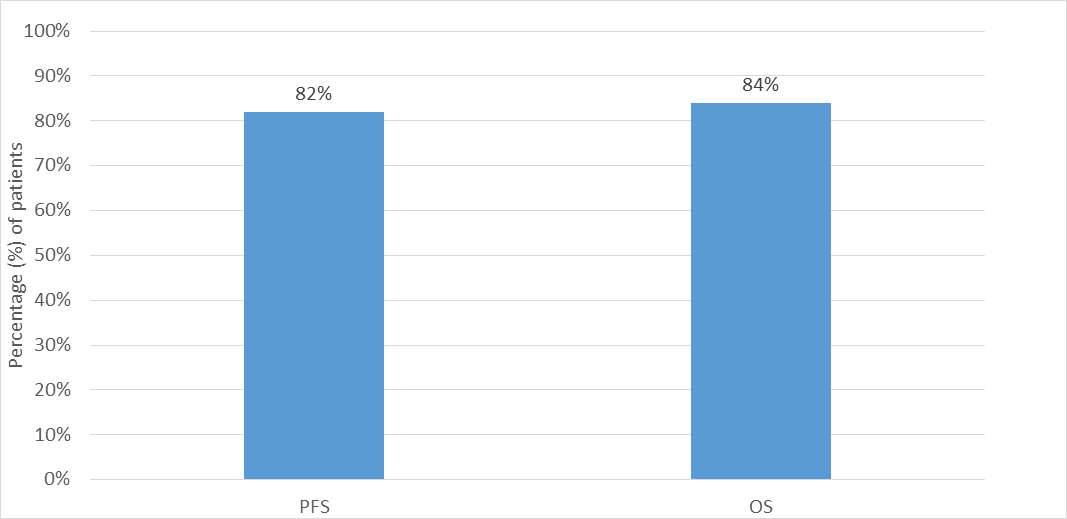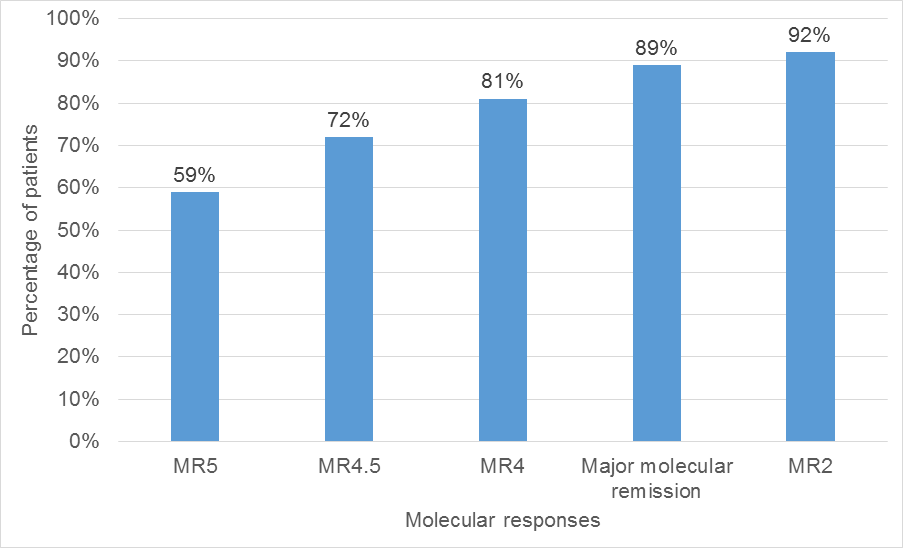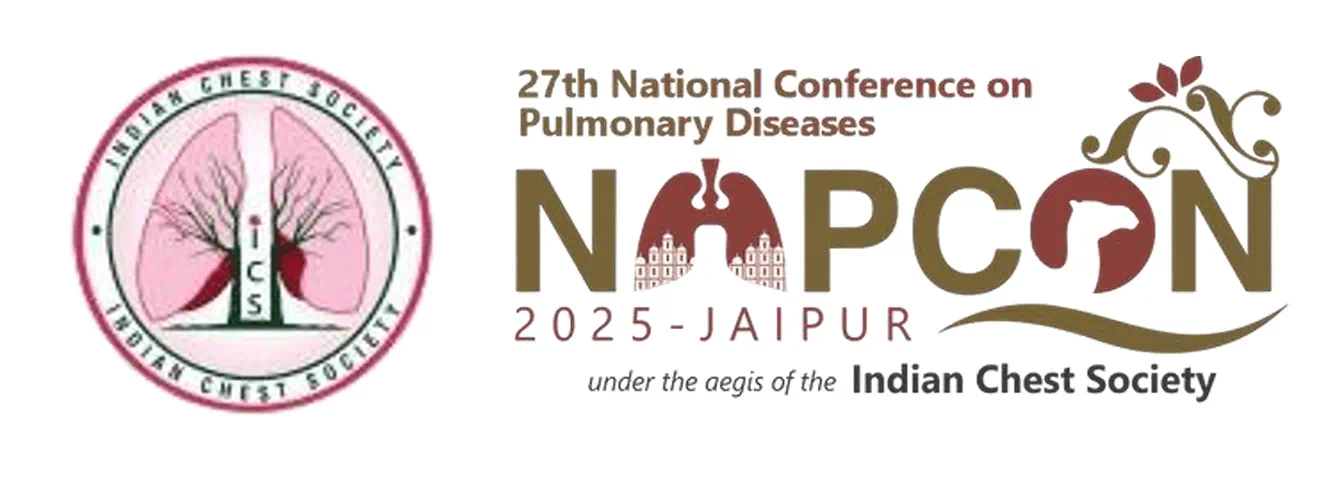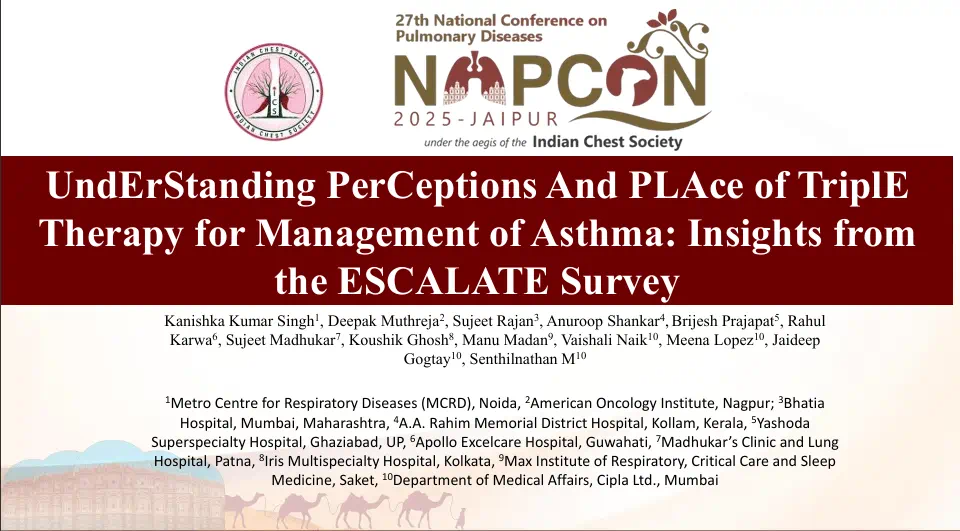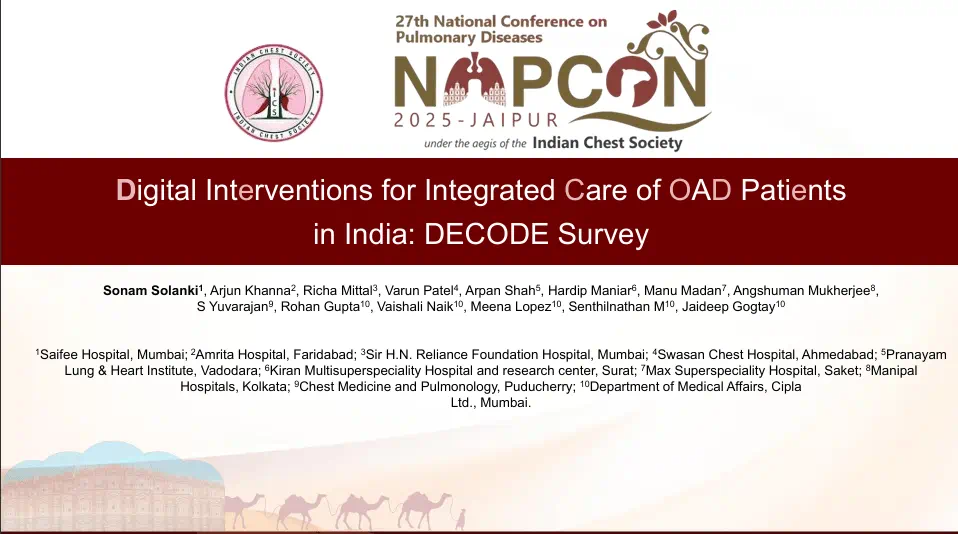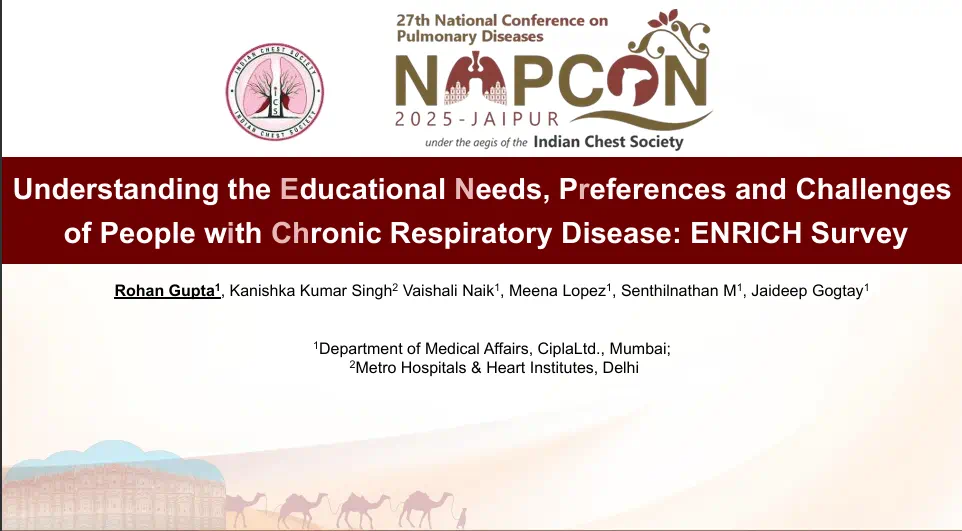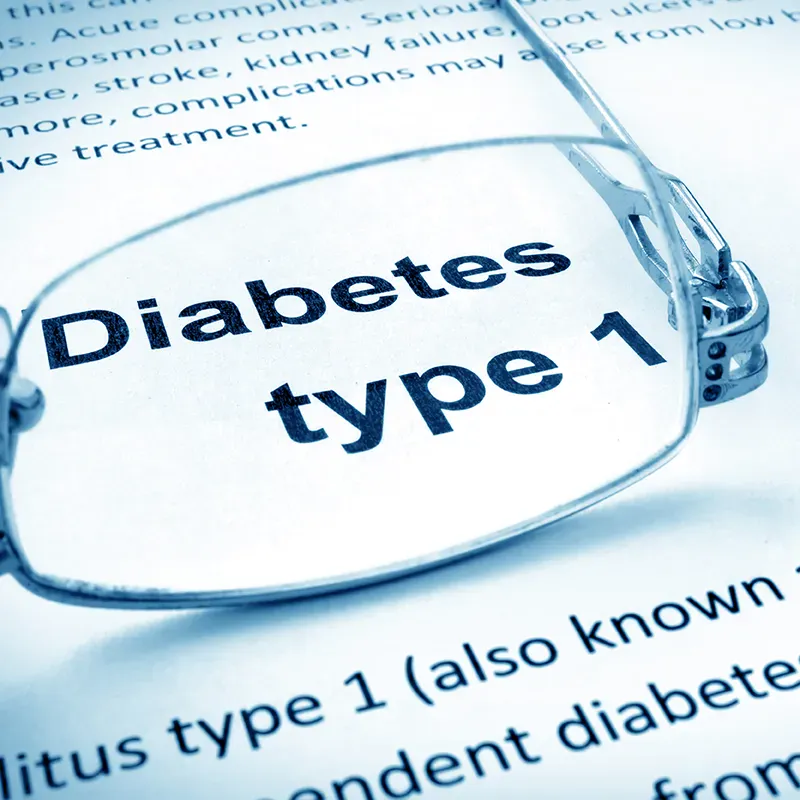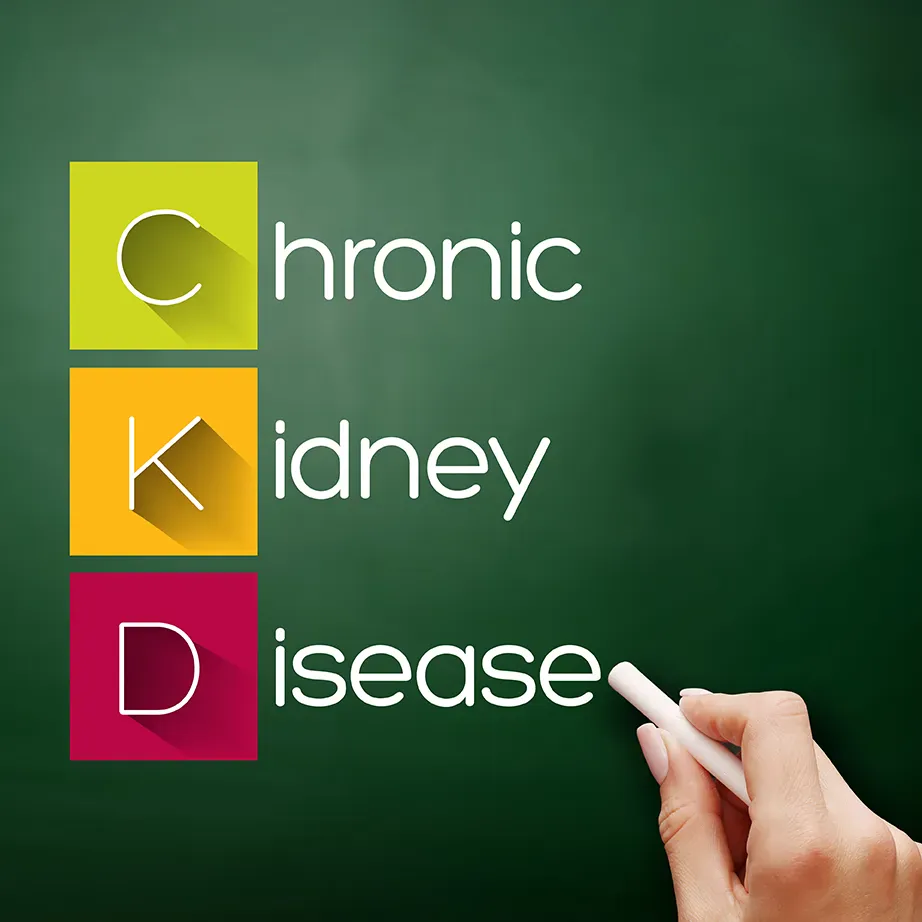Long-term Efficacy and Safety of Imatinib in Chronic Myeloid Leukemia
1 Sep, 16
Introduction
The discovery of tyrosine kinase inhibitors (TKI) has changed the natural course of CML but limited data exists on long-term efficacy and safety of 2nd generation TKI, imatinib.
Aim
- To evaluate long-term safety and efficacy of imatinib with focus on molecular responses and adverse drug related reactions (ADR).
- Compare the efficacy and ADR profiles of high-dose imatinib, imatinib in combination with interferon ? (IFN) and imatinib monotherapy at standard dose.
Study Methods
Patient Profile
- N=1551
- Newly diagnosed chronic myeloid leukemia (CML) patients with chronic phase
Design
CML-Study IV was a five-arm randomized study
IM=Imatinib
IFN=Interfereon
Primary Endpoint
- Overall survival (OS) was defined as the time between diagnosis and death resulting from any cause.
- Progression-free-survival (PFS) considered the additional events accelerated phase (AP) and blast crisis (BC).
Results
Efficacy
- 10-year progression free and overall survival was 82(79-84) % and 84(82-86) %, respectively.
Figure 1: Efficacy of imatinib at 10 years
PFS- progression free survival, OS- overall survival.
- By 10 years 59(55-64)% reached MR5, 72(68-78)% MR 4.5, 81(78-84)% MR4, 89(86-90)% MMR and 92(90-94)% MR2
- IM800 had the shortest and IM400 after IFN failure the longest median times to responses
Figure 2: Percentage of patients who achieved molecular responses (MR) at 10 years
Safety
- 8 years probabilities of adverse drug reactions (ADR) were 76%, of grade (3-4) 22%, of non-hematologic 73% and of hematologic 28%.
- More ADR observed with IM 800mg and IM400 mg plus interferon ? (IFN).
- Most patients had their first ADR early with decreasing frequency later on. No new late toxicity was observed.
- ADR to imatinib were frequent, but mostly mild and manageable, also after treatment optimization with IM800 and combination with IFN
Conclusion
- Deep molecular responses can be achieved at high frequency with imatinib
- The high response rates indicate that imatinib can probably be discontinued in the majority of patients
- ADR to imatinib are frequent, but mostly mild and manageable
- Imatinib continues to be an excellent initial choice of treatment for most patients with CML
Leukemia (2015) 29, 1123–1132
Related Topics



